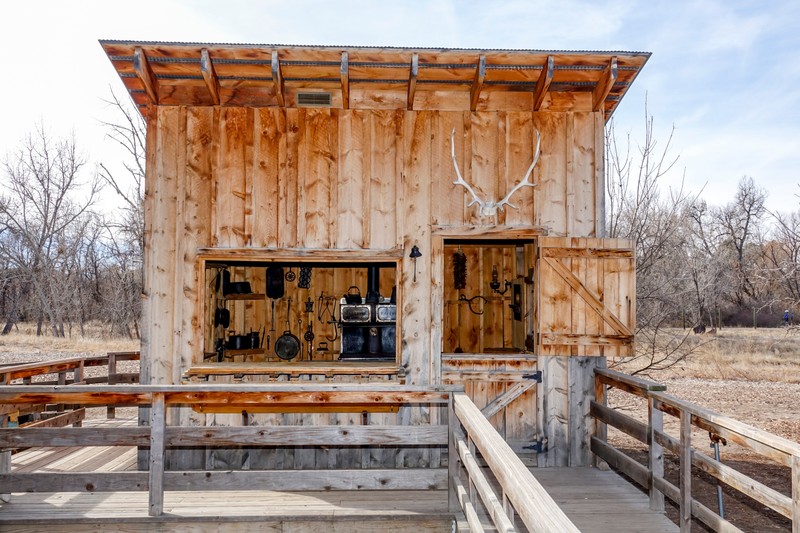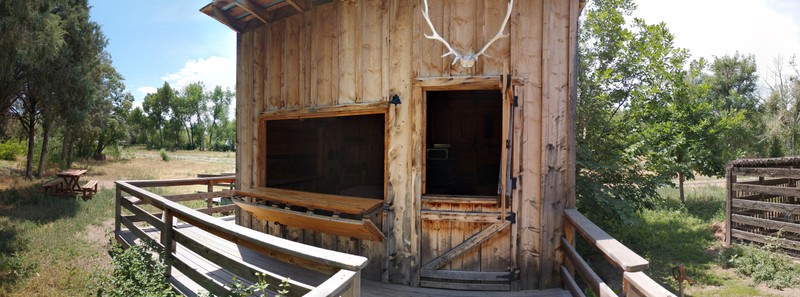Summer Kitchen
Introduction
Text-to-speech Audio
Images
Four Mile HIstoric Park's Summer Kitchen


Backstory and Context
Text-to-speech Audio
Building the summer kitchens away from homes also decreased the risk of stove cinders burning the homes down. These kitchens also kept the odors and the heat of the stove away from the house.
The structures were often temporary. Inside the kitchen would be a chimney with an open hearth or a woodstove. The woodstove had to be continually fed with wood in order to keep it hot. In the winter this structure would be used for butchering or laundering.
The present structure in the Park was built in 2007. It has no plumbing or electricity in order to preserve the historic feel of the park. Inside the summer kitchen is a working woodstove. Park volunteers often cook historically accurate recipes on the stove, and the park’s education staff leads school groups through cooking activities.
Cite This Entry
Staff, Education. "Summer Kitchen." Clio: Your Guide to History. July 4, 2020. Accessed March 30, 2025. https://theclio.com/entry/12682/tour/4
Sources
Four Mile Historic Park Collections
All Digital Photo Denver

